Matching gifts offer an excellent way to help organizations raise more money to fund their missions than they ordinarily do on their own. This type of gift program gives donors a sense of immediacy and urgency to their giving.
A matching gift can take your fund development program to the next level by providing a natural pipeline for new donors to get involved, as well as a tool for renewal and upgrades of current donors.
However, most matching gift programs do not focus on these key goals. Most are concerned with overall revenue, no matter the source or strategy. Donors would be more apt to fund a matching gift challenge if they knew that the challenge grant was going to help the organization to build greater fundraising capacity in the future through increasing the size and strength of its donor pool.
The following are some steps that will help when planning to solicit and develop a matching challenge gift that aims to build  sustainability around key development metrics – acquisition and retention.
sustainability around key development metrics – acquisition and retention.
1 – Determine the specific project that will be the target of your challenge gift. A challenge gift is focused on a specific issue to solve a precise problem. It’s not a general appeal; rather, it’s a targeted effort to solve a problem that’s easy to understand and articulate.
2 – Determine who in your organization has the capacity to make a significant challenge grant and/or has a relationship with a person who does. Of course, those closest to the organization would have the greatest interest and willingness to do so. Develop a list of the top prospects, and rate and rank them to determine on whom you should focus your efforts first.
3- Develop a challenge gift proposal that you will take to the donor. Don’t wait for the donor to define the parameters, especially when it comes to acquisition and retention. Be the one to direct the donor. Guidelines can include whom to target for the challenge, when the donor pays (i.e., either up front or when the challenge is met), and how the challenge will be advertised or marketed.
Of course, to boost donor acquisition and retention, best practices would say that this campaign should be focused specifically on a definitive time frame. It should also seek to attract new donors through first-time giving and upgraded or current donors who are making an increase in their giving because of the challenge grant. The goals, therefore, are to increase the number of new donors and new monies into the organization, to focus the organization on donor retention and renewal, and, ultimately, to upgrade donors through the giving pyramid.
4 – Meet with top identified donors (who may also be a foundation), to discuss the idea of a matching challenge gift. Solicit the challenge gift in person and allow enough lead time before the campaign actually begins. For instance, if your campaign is in the fall, you would need to begin soliciting this gift in the spring; if not before. Most challenge gifts are geared towards boosting year-end giving. If that person declines, move on to the next identified prospect and repeat the process.
5 – Once the challenge has been secured, work with the donor to define the guidelines of the gift. Get all of this down in writing in some form of a pledge document or agreement. Include your proposed goal metrics for acquisition, renewal, and upgrades to the donor. This is ultimately how you will measure the impact and effectiveness of the challenge gift and report back to the donor on these exact outcomes.
6 – Begin to develop a challenge gift campaign. Determine how you will incorporate the parameters and goals of the challenge gift to create urgency and to drive your strategy.
7 – After the campaign is complete, report back to the donors. Highlight how this challenge grant enabled your organization to better build capacity to develop your fundraising infrastructure, ultimately making you more sustainable. If you structured the challenge gift as recommended above, then you want to report back to the donor, among other possible metrics, the number of new donors giving for the first-time, the number of donors renewing, and the number of donors who made a larger gift than the previous year campaign.
Surely, a more specific matching gift challenge opportunity will ultimately benefit the organization through increasing its donor acquisition and its donor retention rates. But, this will only be accomplished if it is done with these metrics in mind from the start. It can’t be all about just matching a gift for a gift, no matter the source. It needs to be strategic and well planned, and you need to drive the donor with a proposed strategy.


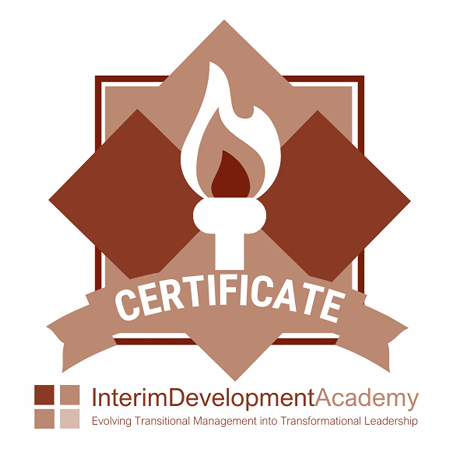

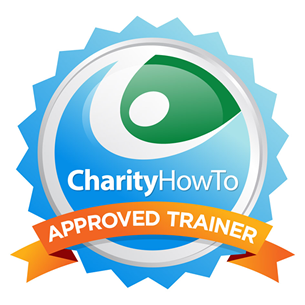
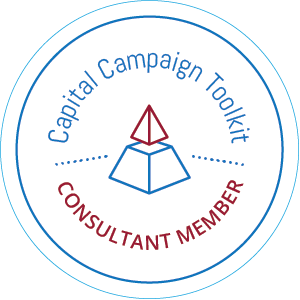
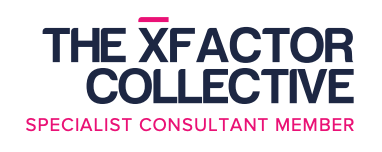
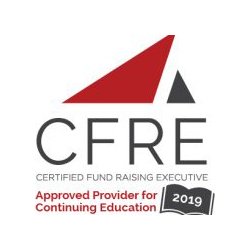



Leave a Reply
Want to join the discussion?Feel free to contribute!